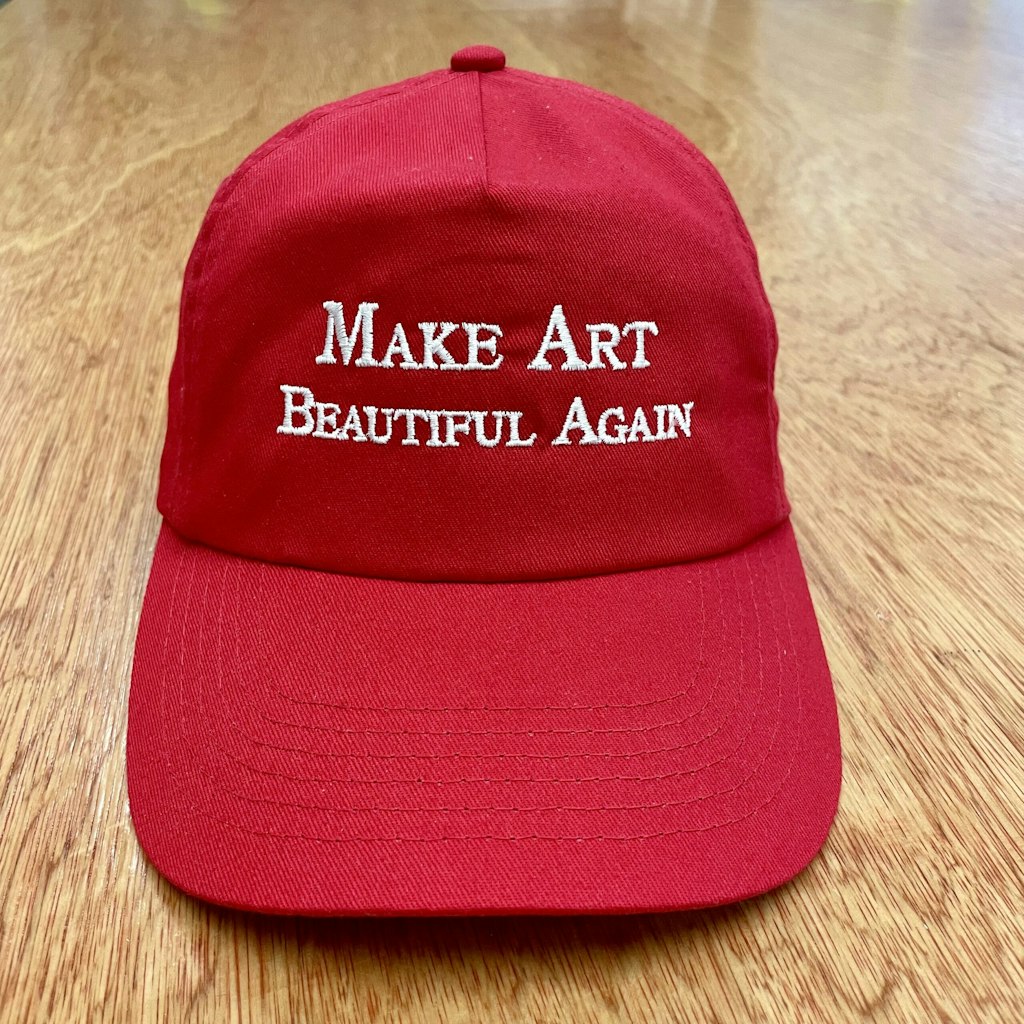Neither beautiful, nor true
The new Fourth Plinth commission creates moral and artistic confusion
The Fourth Plinth commissions at Trafalgar Square tend to become conduits for disappointment, indifference, or even outrage. If David Shrigley’s pathetic thumbs-up which rested on the plinth in 2016 gave rise to suspicions that contemporary art was a cheap joke at the public’s expense, Heather Phillipson’s ice cream and cherry installation four years later confirmed them. Michael Rakowitz’s scrap-metal Assyrian Lamassu of 2018 and Samson Kambalu’s powerful portrait of a protagonist of the Malawian liberation movement which adorned the plinth until recently hit on tones traditionally associated with public statuary only to find that the public no longer cared for them. Last year, Rachel Whiteread who was one of the first artists to exhibit on the plinth called for the scheme to be scrapped.
Mil Veces un Instante (A Thousand Times in an Instant) unveiled this week will not win universal approval, either. Teresa Margolles’ contribution to the debate on public art is a block grid of 726 plaster face casts of trans people made in Mexico and the UK. The subjects are alive and well but the use of the death-mask form and the narrative surrounding the commission suggest that Margolles wants us to imagine these people as if they were already dead. Her sculpture thus turns the Fourth Plinth into a haunting memorial.
This is a novel function for the site and one which eludes the kinds of judgement usually levelled at public sculpture. Is the installation supposed to be sombre, inspiring, or merely controversial? Is there a story to Margolles’ cast of “trans, non-binary, and gender non-conforming people” and how are we to feel about their supposedly deadly plight?
The sculpture’s orderly form suggests a dull consistency in place of the usual narratives of diversity and exuberance associated with trans or queer celebrations underwritten by cultural institutions. With signalling this opaque, it is no surprise that responses to the commission fell on predictable lines: The Telegraph is upset that some trans activists may have been paid for participating in the work’s making, while Novara Media fawned over it because all representation is good representation.
Margolles has made a career of exposing traces of trauma and loss to the world intent on ignoring their victims and causes. Having originally trained as a forensic pathologist, she founded a collective of guerilla artistic “coroners” in Mexico City. The group staged happenings and performances which sometimes used human remains obtained from city morgues on behalf of relatives who could not afford to pay for the burials. In a country where murder is commonplace, most homicide cases go unsolved, and the state has failed to stem the rise of organised violence, these interventions were gruesome and controversial, but poignant.
With time, Margolles turned from confrontation to representation, for example, making drawings on paper soaked in the water used to wash corpses after autopsies. In 2009, she represented her native Mexico at the Venice Biennale, where she had attendants repeatedly mop the pavilion’s floor with the blood of the victims of the drug trade. Visitors were informed of this by plastic cards they could, in theory, use to cut lines of Mexican cocaine at the many art world parties that Venice plays host to.
In the past decade, the grieving communities of the Mexican border town of Cuidad Juárez have become a recurring subject in Margolles’ work. The city is notorious for organised crime and the exploitative, largely unregulated network of factories supplying the US economy which employs mainly women from the neighbouring rural areas. Margolles has made photographs, installations, and performances with the mothers of murdered or missing women. She has also paid particular attention to transgender sex workers.
The latter group have found a powerful ally in the artist. Commentaries on her practice habitually suggest that even in Mexico’s brutal crime hot spots like Juárez, trans sex workers face a particularly high risk of becoming victims of murder. That prostitution carries such risks is indisputable and this narrative makes intuitive sense because versions of it are often repeated by activists and mainstream Western media as though the elevated vulnerability of trans people was a universal law.

Margolles’ hard-hitting work thus elicits empathy even from the hardened sceptic. But to do so, it relies on creating a sense of moral confusion about the nature of the deadly dangers it so graphically portrays. Taking a deep breath, and before heartlessly accusing her of exploiting grief, the sceptic viewer might question the artist’s choice of focus. Margolles states that she encountered trans women’s bodies in the morgue before meeting one in life. This isn’t impossible: a trans homicide mapping project has recorded more than sixty such deaths in Mexico each year for the past decade (compared with a total of three in the UK in the same period).
Margolles was the subject of Beautiful, Gruesome, and True, a 2022 book by the art critic Kaelen Wilson-Goldie which describes Margolles’ unflinching care for the suffering of those whose lives are of little consequence to the corrupt state or societies riven by crime. This is a powerful account. Wilson-Goldie’s title, however, inadvertently poses a challenge to Margolles. Does the artist’s implicit claim that her subjects are exceptionally affected need to be true, particularly when her work is often deployed to stir up emotions for a cause that is de facto political?
Fact-checking grief is callous. But even Wikipedia’s article on femicide in Cuidad Juárez is punctuated with notes on disputed stats, inaccuracies in reporting, and controversies. A 2005 report by Amnesty International which chastised Juárez for its catastrophic miscarriages of justice thus lies next to a claim that females repented a significantly lower proportion of homicide victims than in the USA. Likewise, every November when activists promote Transgender Day of Remembrance, someone explains that the vast majority of deaths this event marks had prosaic causes such as robberies or crimes of passion rather than the globally rising tide of transphobia.
None of this should stymie Margolles’ calls for safety and for the end of violence which her community has every right to. But it matters at whom this demand is directed. In Venice, Margolles could have legitimately implied that the drug habits of the European bourgeoisie were killing her compatriots. But is it equally plausible for her to suggest that hundreds of trans people are the victims of targeted violence perpetuated with the consent of visitors to Trafalgar Square? If grief is Margolles’ medium, is she here actively creating it?
It isn’t clear if the violence lamented by Mil Veces has a perpetrator at all. Margolles used the same plaster mask process in 2019 to create another collective portrait of a community of migrant women living on the border between Colombia and Venezuela. On that occasion, the artist recognised her subject’s strength for … refusing to give into the demands of prostitution. Without a specific narrative, the London version is a sculptural equivalent of the Reuters circular which in the UK’s Independent carried the laughable headline “climate change is hitting vulnerable Indonesian trans sex workers” implying that non-trans sex workers were fine and undeserving of concern.
Perhaps Margolles wants to build solidarity between activists in London and Mexico and thus gain new allies for her friends in Juárez. Her method, however, is highly irresponsible because it relies on convincing trans people in the UK that they are inevitably to become bloody victims of an irreformably hostile society. Such manipulation of the truth inspires forms of cognitive dissonance that are ultimately damaging to the very community Margolles wants to liberate. Commenting on the monument, the transgender winner of Big Brother 2004 Nadia Almada cried “Why do (sic) we must die to be celebrated?” forgetting that she has made a career as a minor celebrity for two decades.
Mil Veces might be dismissed when placed in its proper demographic context. But Margolles preempts this and holds her audience hostage. Given London’s climate, her hundreds of masks will soon be subjected to endless rounds of rain. As the plaster dissolves into a dirty mess, her monument will be neither beautiful, nor true. It will, however, be gruesome.
Enjoying The Critic online? It's even better in print
Try five issues of Britain’s most civilised magazine for £10
Subscribe














